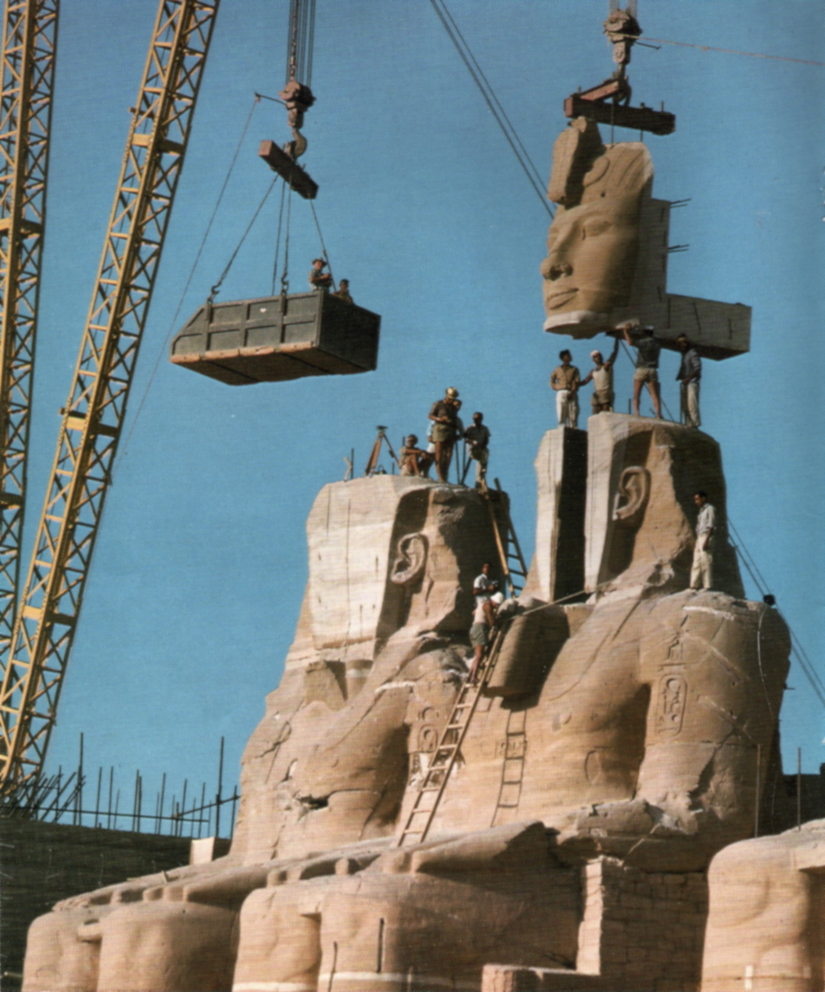The High Dam at Aswan: History Building on the Precipice
DOI:
https://doi.org/10.17169/GHSJ.2018.237Abstract
This paper seeks to show the historical roots of the narrativization of the High Dam at Aswan as a clash between tradition and modernity. It investigates rhetorical tactics employed in official publications of the United Arab Republic (U.A.R.) which enshrined the construction of the High Dam within a triumphalist historicist teleology. UNESCO was the mediating force in Aswan that was entrusted with a “salvage mission,” which was unprecedented in scale and scope: documenting and protecting the Ancient Egyptian artifacts and monuments in the region, endangered by the construction of the High Dam. A parallel scrutiny of UNESCO’s rhetoric and actions during the time period from its first appeals for financial support to the international community in 1960, to the official end of the salvage mission in 1980, reveals striking similarities in the ways in which UNESCO rationalized the construction of the High Dam and the U.A.R.’s rationale of national modernization. The government and UNESCO facilitated institutional amnesia of the human costs incurred by the Nubian communities that lived in the homes submerged under Lake Nasser in the pursuit of aggrandizing political agendas. The paper makes use of primary sources such as the U.A.R.’s Yearbooks, official speeches made by President Gamal Abdel Nasser, and writings and speeches of crucial officiating members of UNESCO.

Downloads
Published
Issue
Section
License
Copyright (c) 2018 Chaeri Lee

This work is licensed under a Creative Commons Attribution 4.0 International License.





